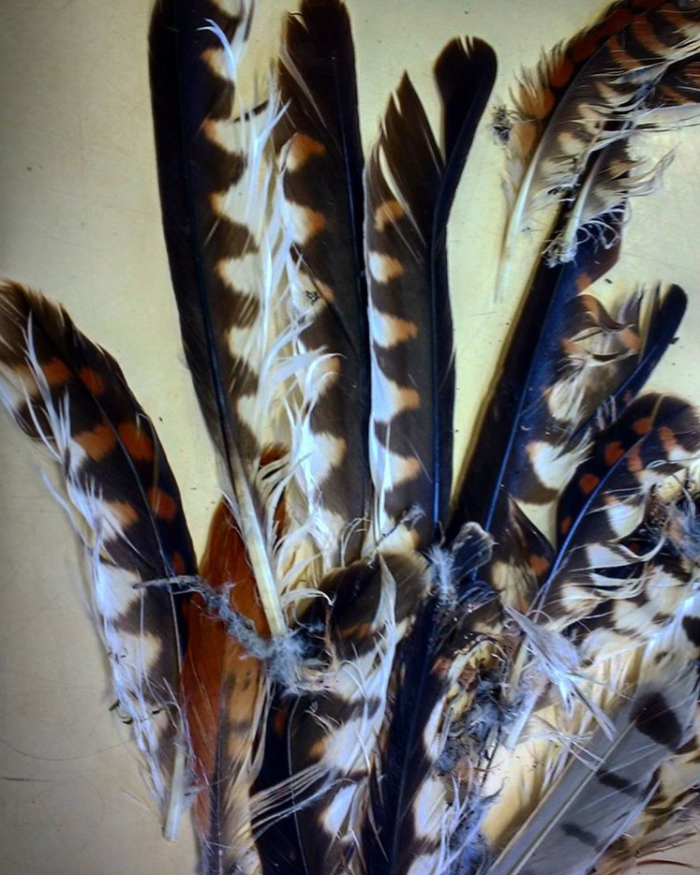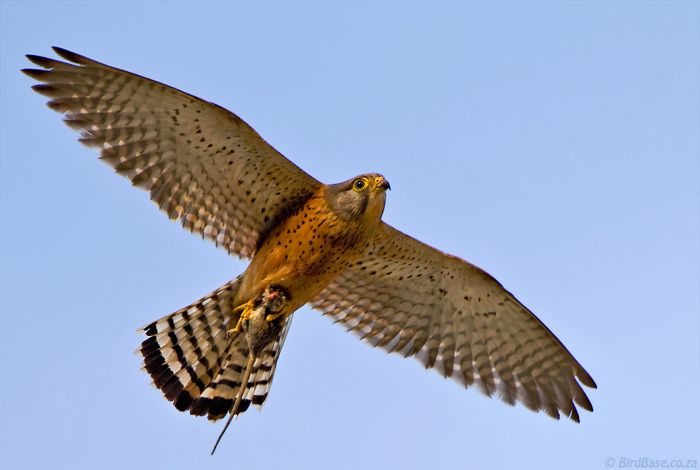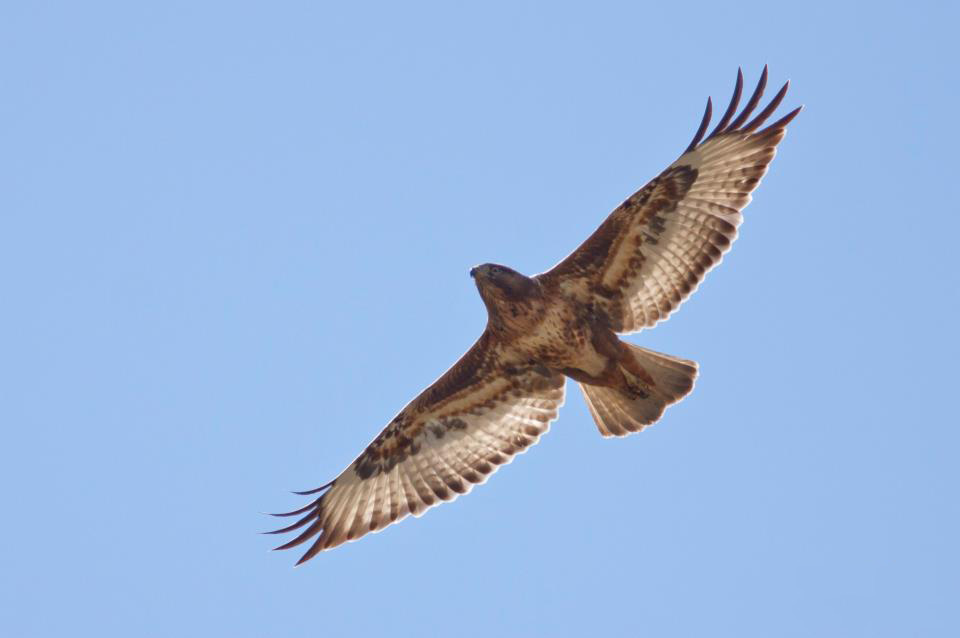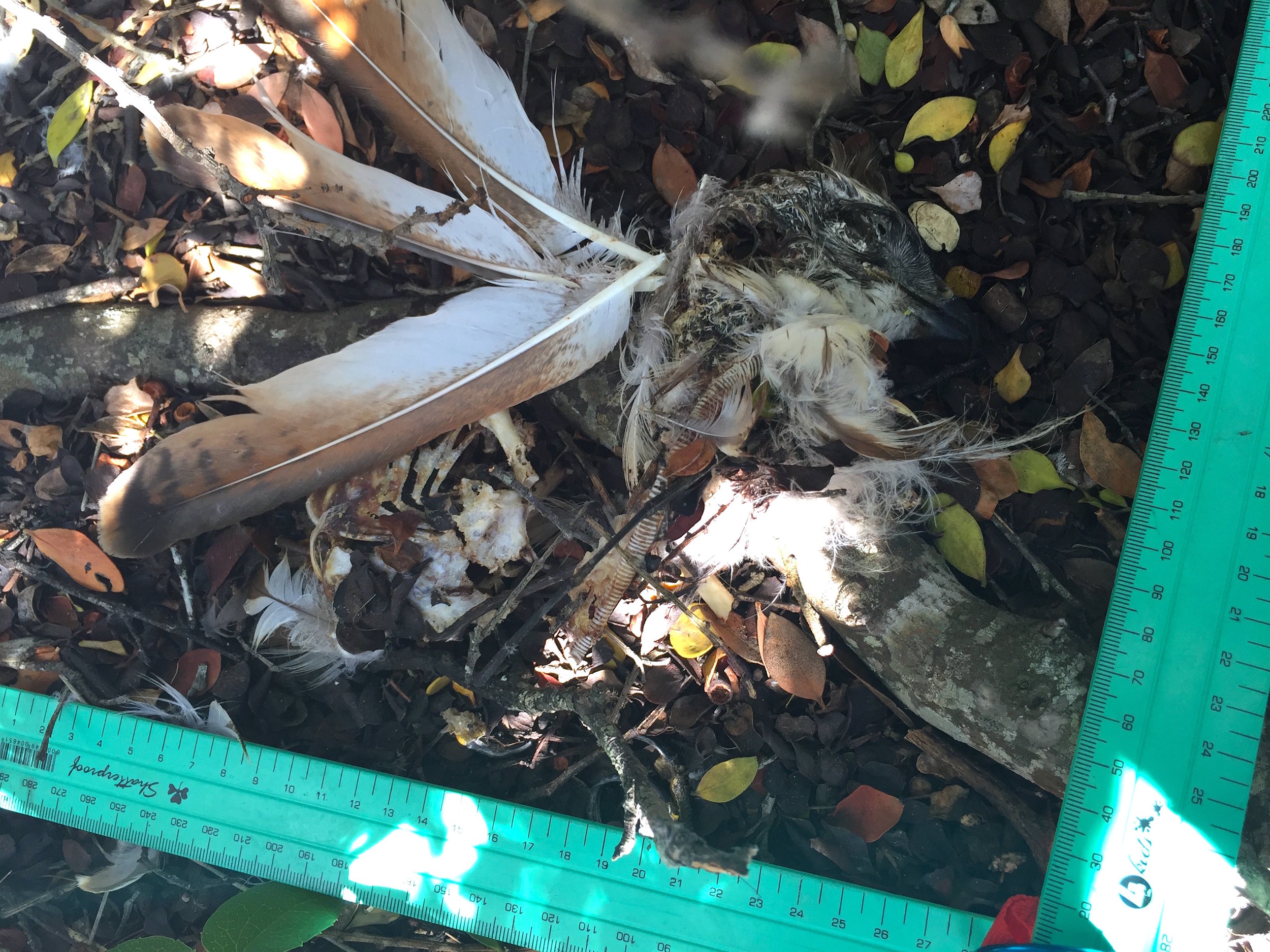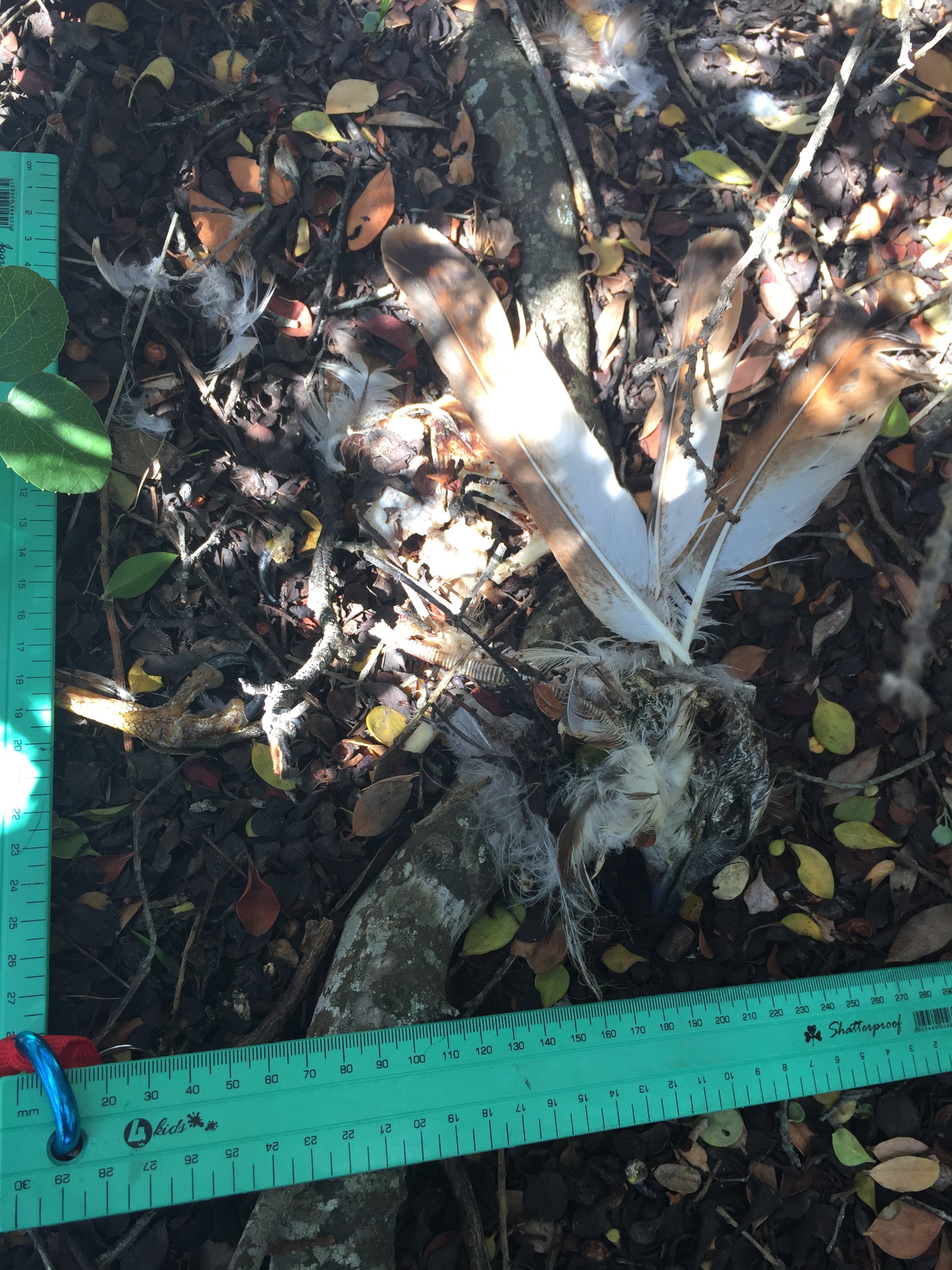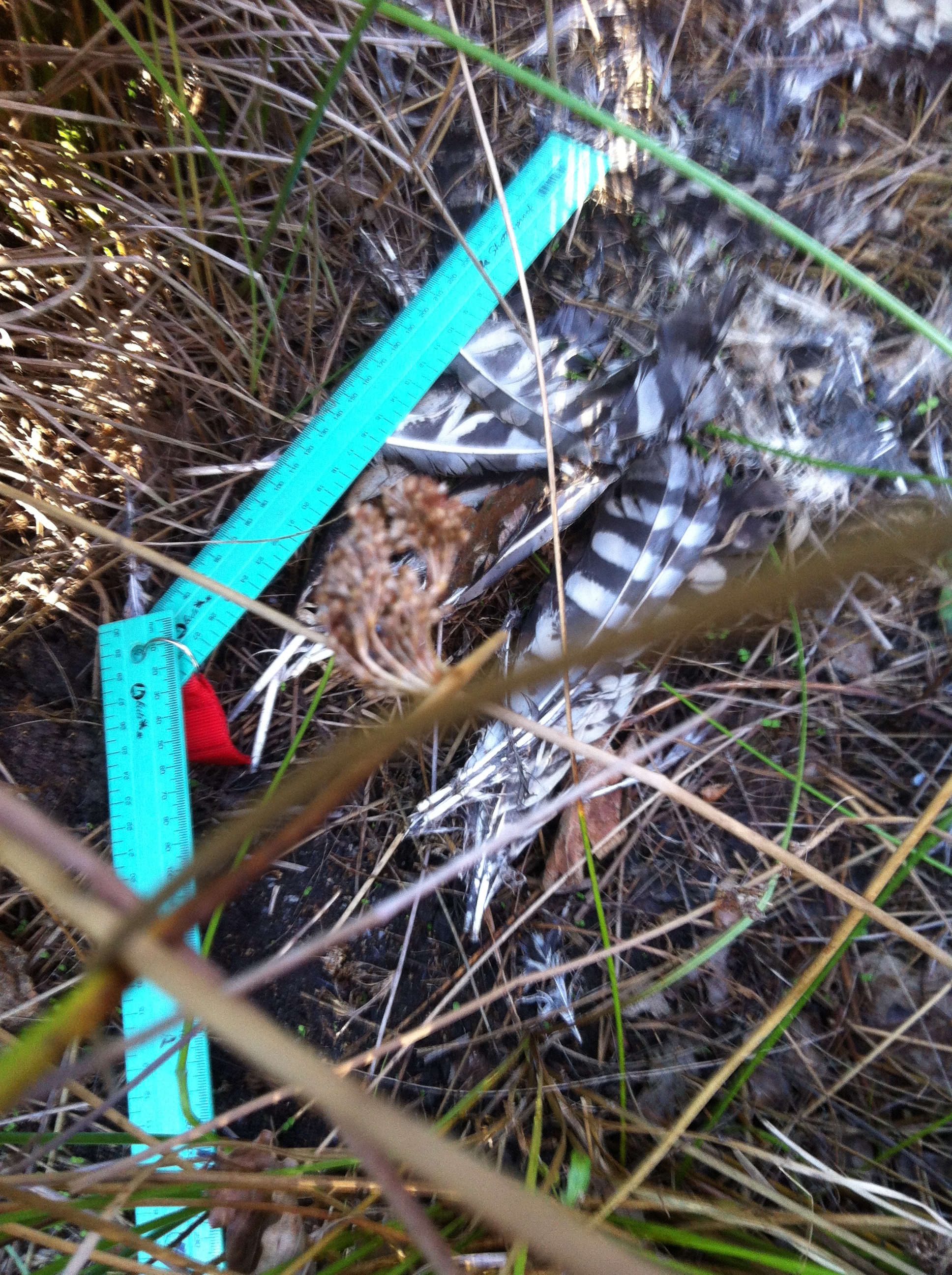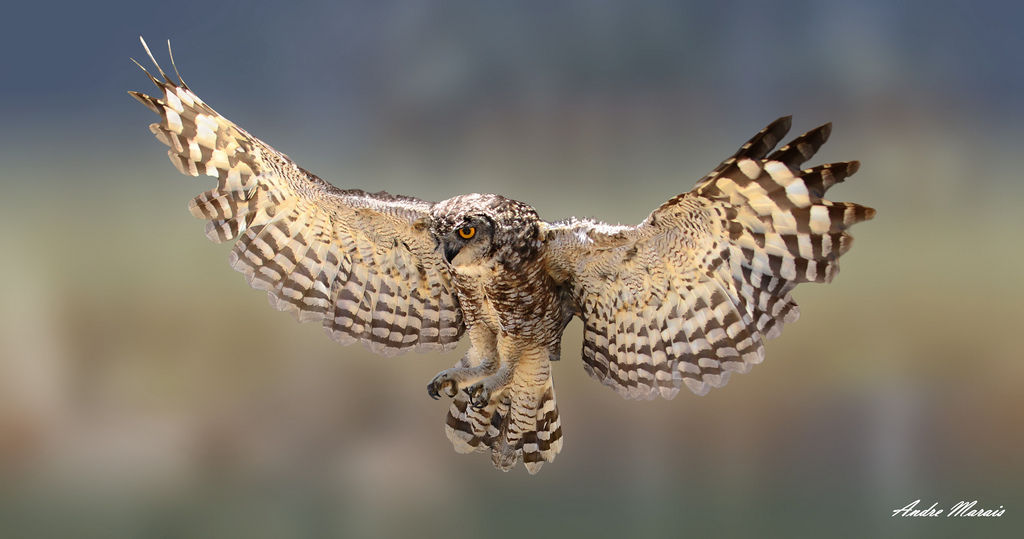When predator becomes urban caracal prey
I’ve been sorting out the caracal kills database over the last few weeks, filling in missing information and looking through photos of kills that never made it to the freezer for closer inspection. It can be tricky identifying a half-eaten prey item when you have it right in front of you, but this becomes much more challenging when all you have is a blurry photo. Around 80% of the kills are birds, so usually this involves identifying feathers. For the most part the feathers are pretty easy: unmistakable spotty and black for guinea fowl, or greenish, brown and white with fluffy barred down for Egyptian goose. I breathe a sigh of relief when I see these. However, there have been some really difficult feathers to figure out, and quite a few frustrating ones which I’m pretty sure we’ll never get. Investigating the diet of a cat that seemingly eats anything, in a city with all sorts of introduced animals means that its hard to rule out even the strangest prey candidates. Along with domestic cats, goats and sheep, there have also been peacocks, domestic chickens, geese and ducks…
Some of the most fascinating cases concern birds of prey. Its intriguing to consider that the tables can be turned and the hunter becomes hunted. The first case of this I came across was the Rock Kestrel (Falco rupicolus), unexpectedly revealed as a late evening snack for Protea (TMC24), one of the southern Peninsula females. Luckily, these feathers were collected so we could look at them carefully. This species is known to breed in the Cape Point area, occurs widely in many southern African countries and is common in South Africa, particularly, as the name suggests, in mountainous or rocky areas. They are known to hunt in open areas, and pounce on their prey from the ground, and take a variety of species, from rodents to rock pigeons to reptiles and insects.
I then heard of another case of hunter turned prey in Wilderness, South Africa at the end of last year: a Black-headed Heron successfully nabbing a vlei rat, only to be taken by a caracal a few seconds later. This amazing scene played out in front of Kelsey Green’s camera lens, resulting in some amazing photos. So it’s very possible that this Rock Kestrel was distracted enough in its own hunting endeavour to fall prey to a hungry caracal.
Since then, I have discovered some more instances of raptor-cide. The next was an opportunistic kill found in the Noordhoek wetlands. Sadly, the only evidence I had was some photos of a mangled carcass taken in very dappled light, with the feathers fairly obscured by leaves. I could tell that the feathers and head belonged to a bird of prey, I just couldn’t be sure as to which one. So I sent them to Jessleena Suri, who has been fantastic in helping me identify bird kills in the past. She also has an interest in urban ecology, as well as ornithology, and has plenty of experience with this kind of thing, as she did her Masters on urban Black Sparrowhawk (Accipiter melanoleucus) diet in Cape Town. That project has some really interesting results. She rose to the challenge, and managed to pin down the unfortunate bird as a juvenile Jackal Buzzard (Buteo rufofuscus). This species is much larger than a Rock Kestrel, and the juveniles look quite different from the adults, as they are mainly brown above and rufous brown below and on the tail feathers. It can be quite problematic differentiating buzzards, but I’m pretty confident in this identification.
The last case I found while going through some more photos taken at clusters. I wasn’t given much to go on, as the (single) photo was blurry and the feathers were covered by vegetation, but once again I could see I was looking at something different. After some consultation with Campbell Fleming, a professional birder (and convenient office-mate), and a useful feather quiz by Faansie Peacock (see Question 3), I’m pretty sure these belong to a Spotted Eagle Owl (Bubo africanus). This species is much more commonly found in urban areas, like Tokai where these feathers were discovered, than the Cape Eagle Owl (Bubo capensis). This kill was made by one of the juvenile male caracals, Strandloper (TMC21), perhaps getting experimental with his meal choice.
These cases highlight to me that nothing is ever certain, especially in this urban jungle! You could very easily be hovering at top of your food chain and the next day be caracal cuisine.

